Preventing and treating rose fungal diseases is crucial for maintaining the health and beauty of your roses. Fungal diseases, such as black spot, powdery mildew, and rust, can affect roses, leading to defoliation, reduced blooming, and overall weakened plants. Here’s a comprehensive guide on preventing and treating rose fungal diseases:

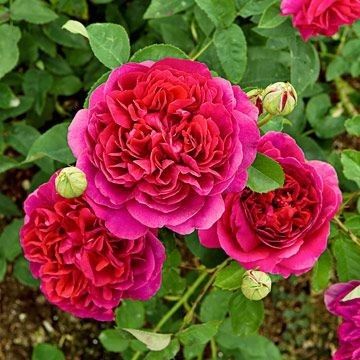
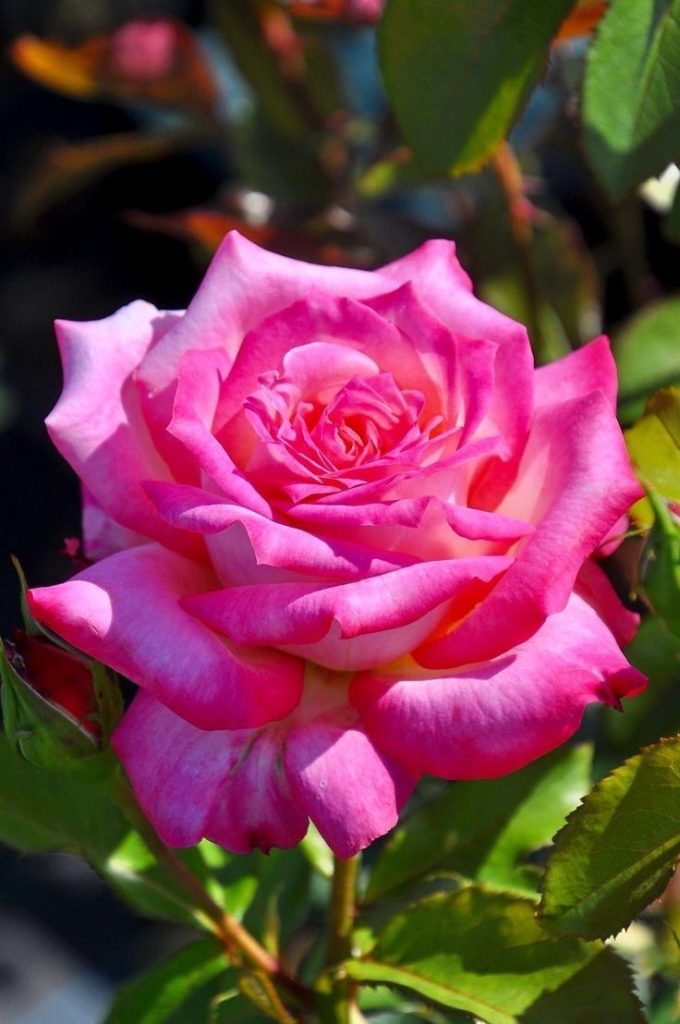
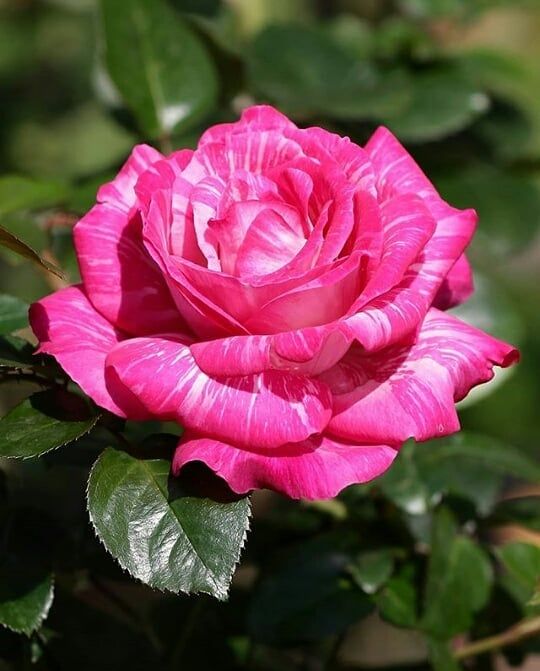
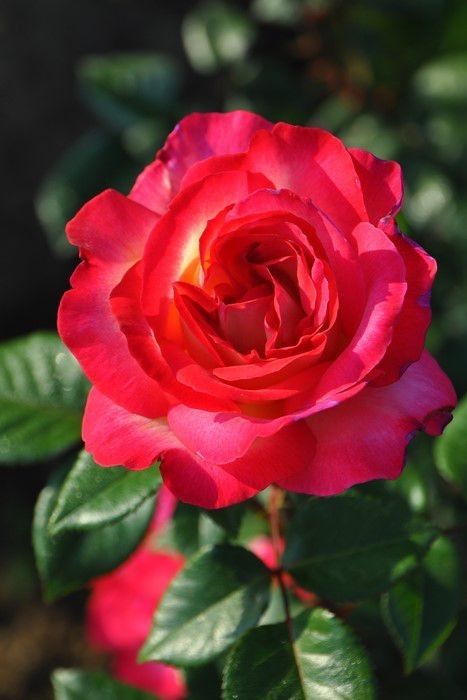
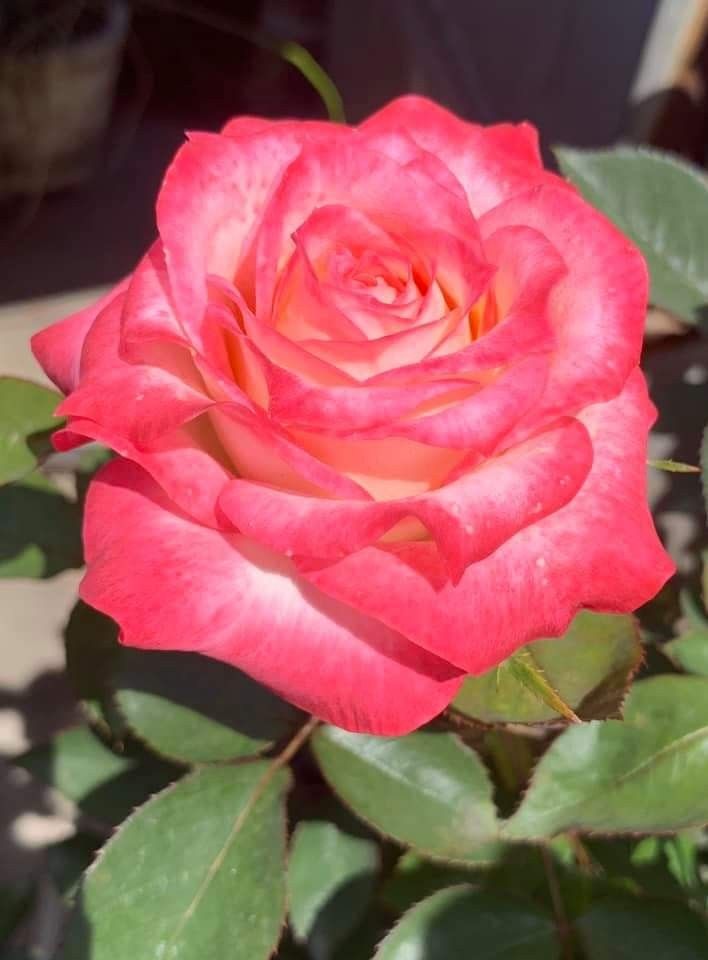

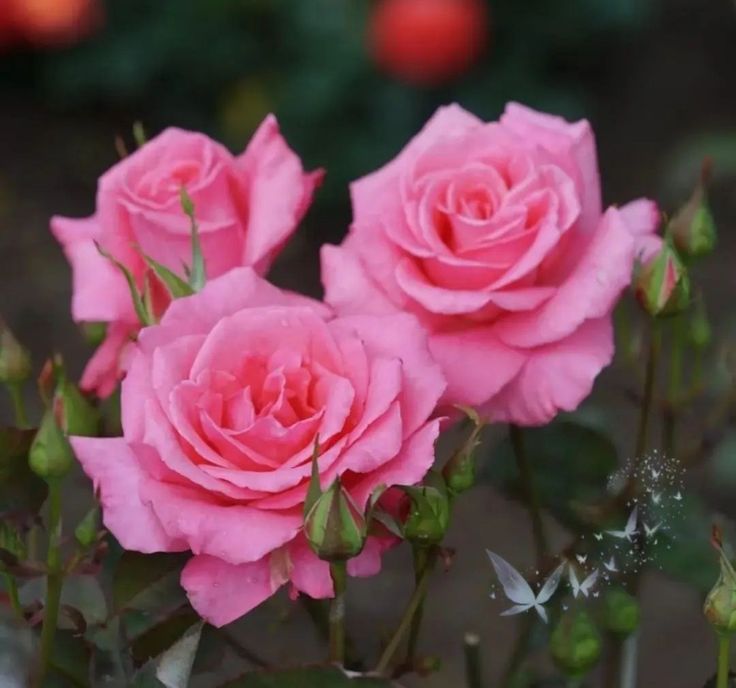
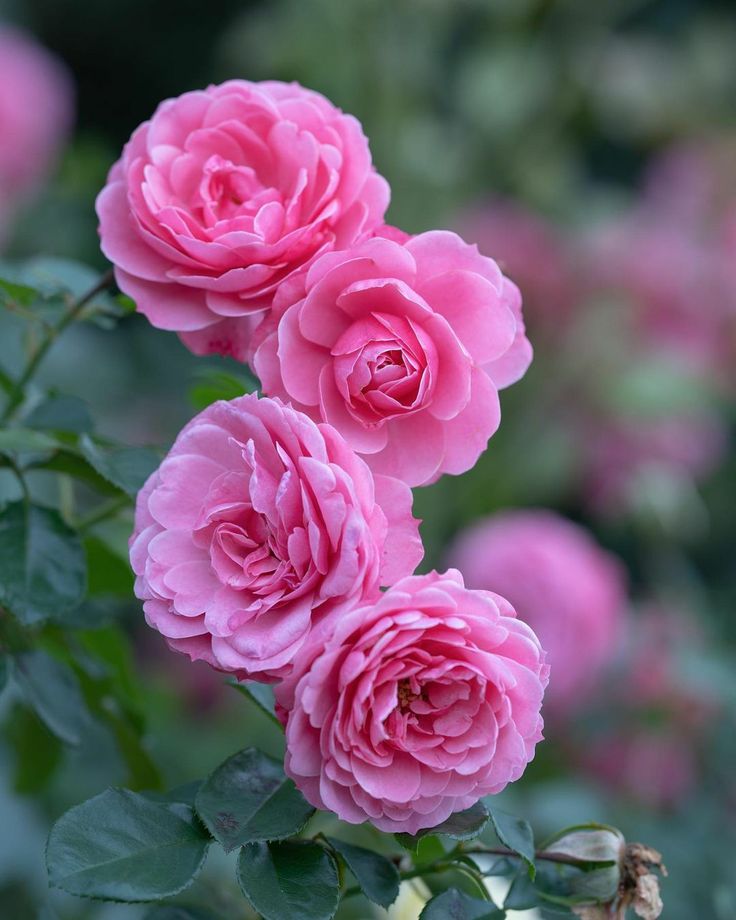
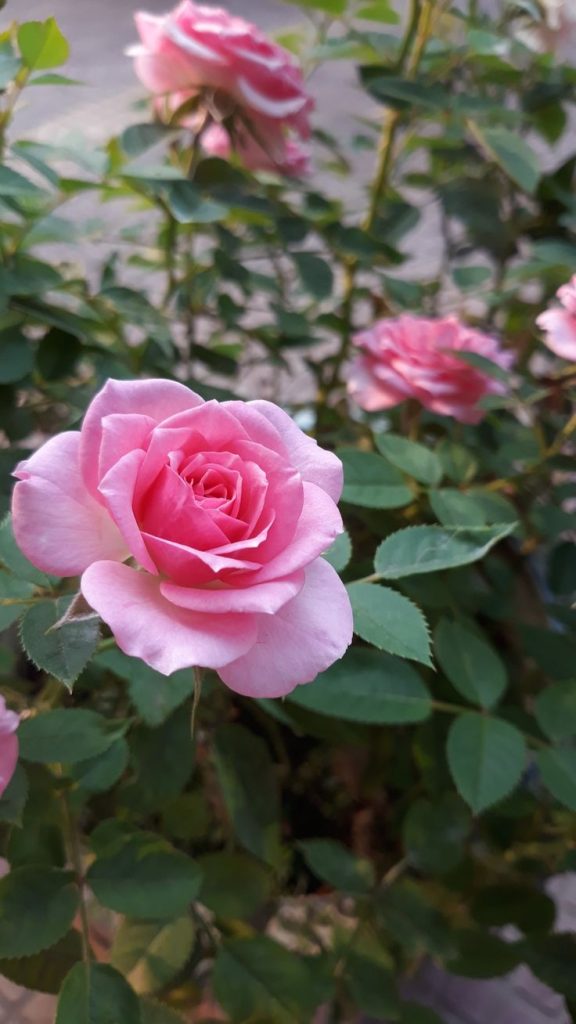
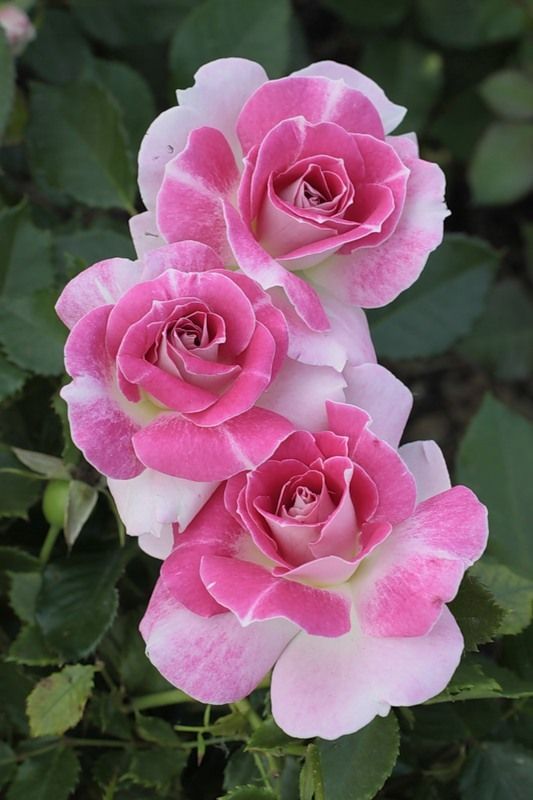
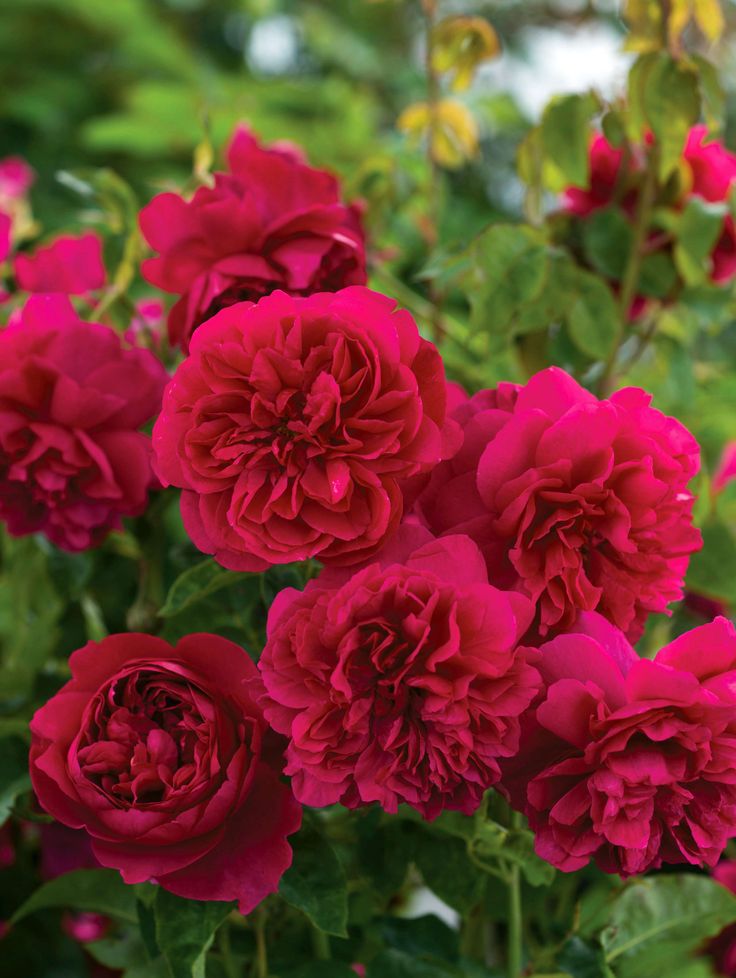
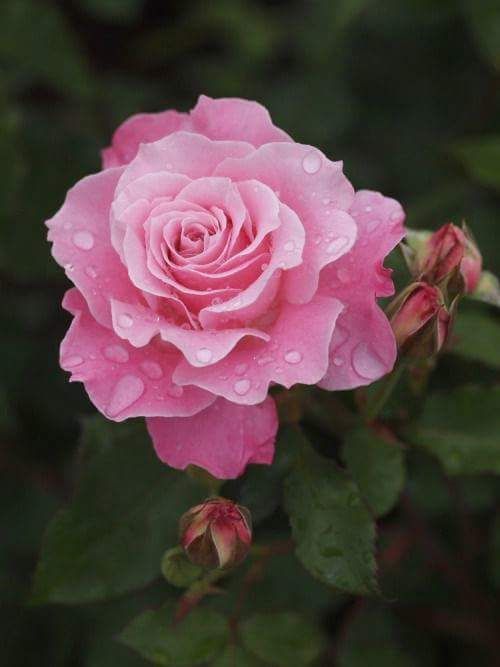
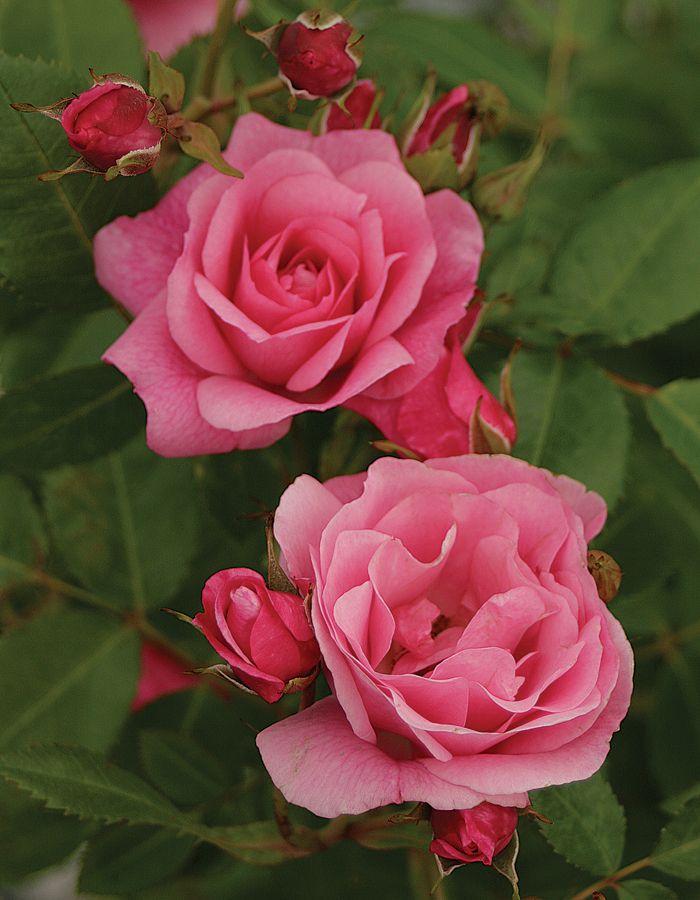


Preventive Measures:
**1. *Site Selection:*
- Choose Well-Ventilated Locations: Plant roses in well-ventilated areas with good air circulation to minimize humidity, which favors fungal growth.
- Avoid Crowding: Space roses adequately to reduce crowding and improve air circulation.
**2. *Proper Watering:*
- Water at the Base: Water at the base of the plant to keep foliage dry.
- Morning Watering: Water in the morning to allow foliage to dry before evening.
**3. *Mulching:*
- Mulch Moderately: Apply a thin layer of organic mulch around the base of roses to suppress weeds and maintain soil moisture.
- Avoid Overmulching: Overmulching can create a humid environment, promoting fungal diseases.
**4. *Pruning:*
- Remove Diseased Material: Regularly prune and remove any diseased or dead leaves, stems, or flowers.
- Prune for Air Circulation: Prune to open up the center of the rose bush, allowing better air circulation.
**5. *Disinfect Tools:*
- Clean Tools: Disinfect pruning tools between cuts and after each use to prevent the spread of fungal spores.
- Sterilize Pruners: Wipe pruners with a solution of 70% rubbing alcohol or a mixture of one part bleach to nine parts water.
**6. *Disease-Resistant Varieties:*
- Choose Resistant Roses: Select rose varieties that are known for their resistance to common fungal diseases.
- Local Adaptation: Choose varieties adapted to your local climate and conditions.
**7. *Good Soil Practices:*
- Well-Draining Soil: Plant roses in well-draining soil to prevent waterlogged conditions.
- Healthy Soil: Maintain healthy soil with proper amendments and organic matter.
**8. *Proper Spacing:*
- Adequate Spacing: Space roses appropriately to allow for good air circulation.
- Avoid Overcrowding: Overcrowded plants create conditions conducive to fungal growth.
**9. *Rotate Plantings:*
- Avoid Continuous Planting: Rotate the location of your roses to avoid planting in the same spot continuously.
- Disease Break Cycle: This helps break the disease cycle and reduces the buildup of pathogens in the soil.
**10. *Spraying Preventative Fungicides:*
- Copper-Based Fungicides: Use copper-based fungicides preventatively, especially in the spring before the growing season.
- Sulfur-Based Products: Sulfur-based fungicides are effective against powdery mildew.
Treatment Options:
**1. *Neem Oil:*
- Natural Fungicide: Neem oil has antifungal properties and can be used to control various fungal diseases.
- Application: Spray neem oil on the affected plants according to the product instructions.
**2. *Baking Soda Spray:*
- Fungicidal Properties: Baking soda has fungicidal properties that can help control powdery mildew.
- Recipe: Mix 1 tablespoon of baking soda, 1 teaspoon of liquid soap, and 1 gallon of water. Spray on affected plants.
**3. *Sulfur Sprays:*
- Effective Against Powdery Mildew:_ Sulfur-based fungicides are effective against powdery mildew.
- Application: Follow product instructions for application and frequency.
**4. *Chemical Fungicides:*
- Systemic Fungicides: Systemic fungicides, such as those containing myclobutanil or tebuconazole, can be used for more severe infections.
- Use Caution: Follow product instructions carefully and use protective gear when applying chemical fungicides.
**5. *Biological Control:*
- Beneficial Microorganisms: Use beneficial microorganisms, such as Bacillus subtilis, for biological control.
- Commercial Products: Several commercial products containing beneficial microorganisms are available.
**6. *Pruning Infected Parts:*
- Prompt Removal: Immediately prune and remove infected parts when symptoms appear.
- Dispose Properly: Dispose of pruned material away from the garden to prevent further spread.